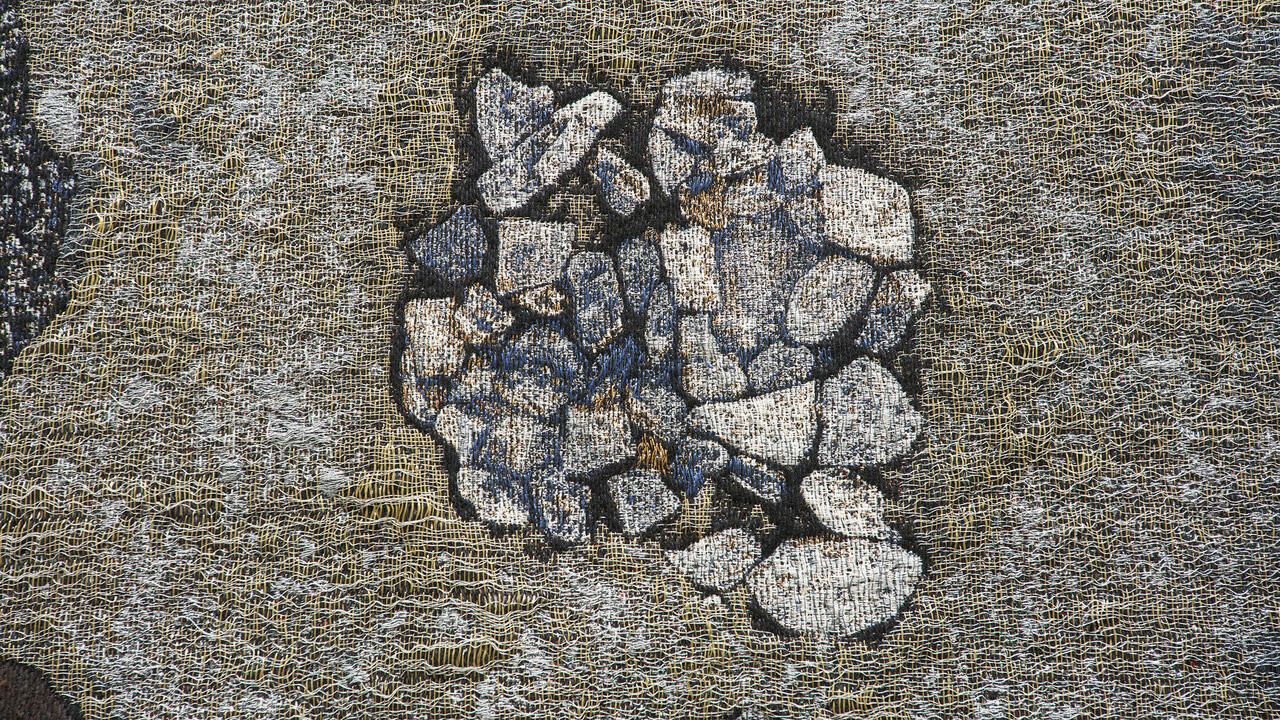Patrick Tuttofuoco
Ten countries, 17 cities and 86,000 miles in roughly 80 days: together with three collaborator friends Patrick Tuttofuoco recently travelled round the world, passing through some of the biggest and most rapidly developing cities on the planet. Like an early 21st-century Marco Polo he pointed his compass east, concentrating his research on Asia. He reached Mumbai, Udaipur, Jaipur, New Delhi, Bangkok, Kuala Lumpur, Jakarta, Singapore, Shanghai, Beijing and Seoul. After that he crossed the Pacific Ocean to observe the ‘old–new’ cities such as Los Angeles and then went further south to Mexico City, São Paulo and Rio de Janeiro.
Tuttofuoco undoubtedly took with him the ideas of sociologists such as Zygmunt Bauman and Mike Davis, stories of a more narrative nature, such as those of Kurt Vonnegut, and images and thoughts about the future city by a whole series of visionaries from the last decades: from Antonio Sant’Elia to the Russian Constructivists; Yona Friedman to Andrea Branzi; Superstudio to Archigram; Rem Koolhaas to MVRDV. Underlying the project was the idea that the artist has always shown in relational and community contexts with movements and group logic, in dialogue and interaction with potential to be translated into open and dynamic forms.
That said, this exhibition, entitled ‘Revolving Landscape’, was not conceived as a sociological–documentary investigation of the kind which operate between art, architecture and town planning. It is rather the gaze of a visual artist on a potential picture of the near future and a non-Western modernity. The data acquired – an immense quantity of images and words – has been transfigured into formal and imaginative stimuli, mixing Pop rhythms with fluid environmental panoramas – a personal depiction of today’s mega-cities. Tuttofuoco is part of a generation of Italian artists that has emerged in the last few years (including Christian Frosi, Massimo Grimaldi, Deborah Ligorio and Riccardo Previdi) who for the first time in a long while are calling Italian and international Modernist and Pop traditions to account, renewing a ‘progressive’ history so often obscured.
The nucleus of the exhibition was introduced by La noce d’oro (The Golden Nut, 2005), a digital animation following a flock of birds, set to the music of the band Bahnhof, and Luna Park (2005), for which the sign of a disused Luna Park, in the area of Milan where the artist was born and still lives, was removed and summarily restored, adding only a pulsating red light. The sign’s resurrection, and the addition of the light on this landmark of the artist’s home turf, made an emotive and personal connection between the departure point and the reality of the journey undertaken, between the microcosm of his own life and the macrocosm of the world. Situated on opposite sides of a broad corridor, two texts, one on a reflective surface (Eu sou nòs, 2006, an African-Brazilian proverb that can be translated as ‘I am us’) and the other in neon (Revolving, 2006), introduced the viewer to the participatory and human dimension of this journey.
In the main large space an abstract map of neon lights hung from the ceiling, reducing the space’s height to create a new visual horizon. Under this pulsating grid a progression of 15 sculptures recalled a number of shapes and images encountered en route. They formed a hybrid urban landscape in miniature, as if Tuttofuoco wished to build a reality more readily accessible to the human dimension. It is a dense picture, almost psychedelic, of lights, surfaces and reflections – the synthetic image of an infinite metropolis at the beginning of the millennium, filtered through impressions and memories.
The show ended with a large video installation presented on a folding structure with six panels above it, like advertising hoardings. Revolving Landscape (2006) crosses cities, interweaving images with interviews with architects, journalists, town planners and missionaries. Their words offset the slow, fluid montage and cast a shadow over the present and future of these realities.
















